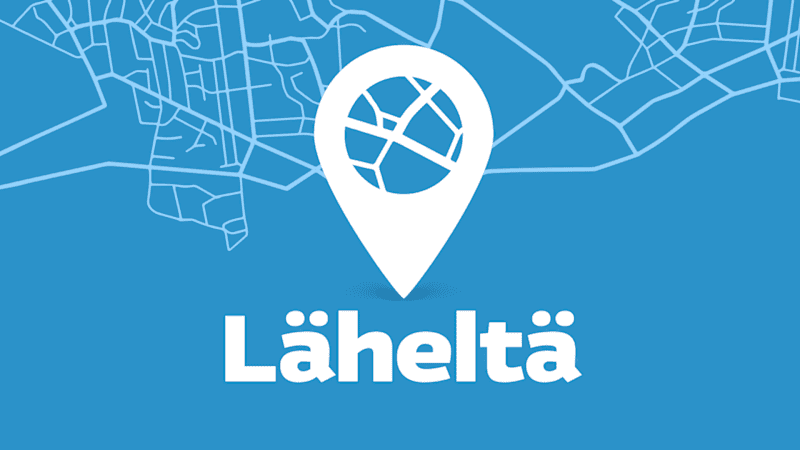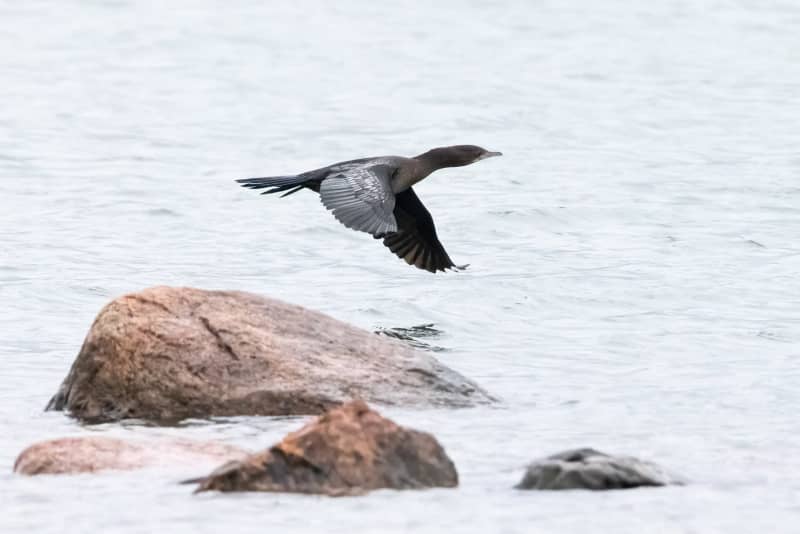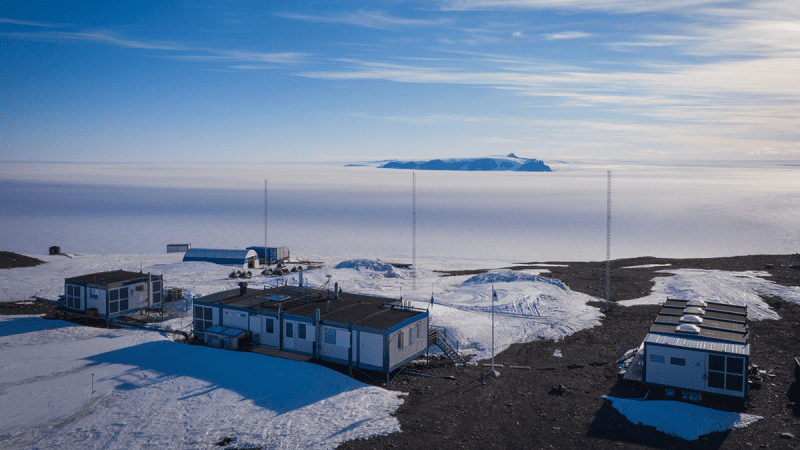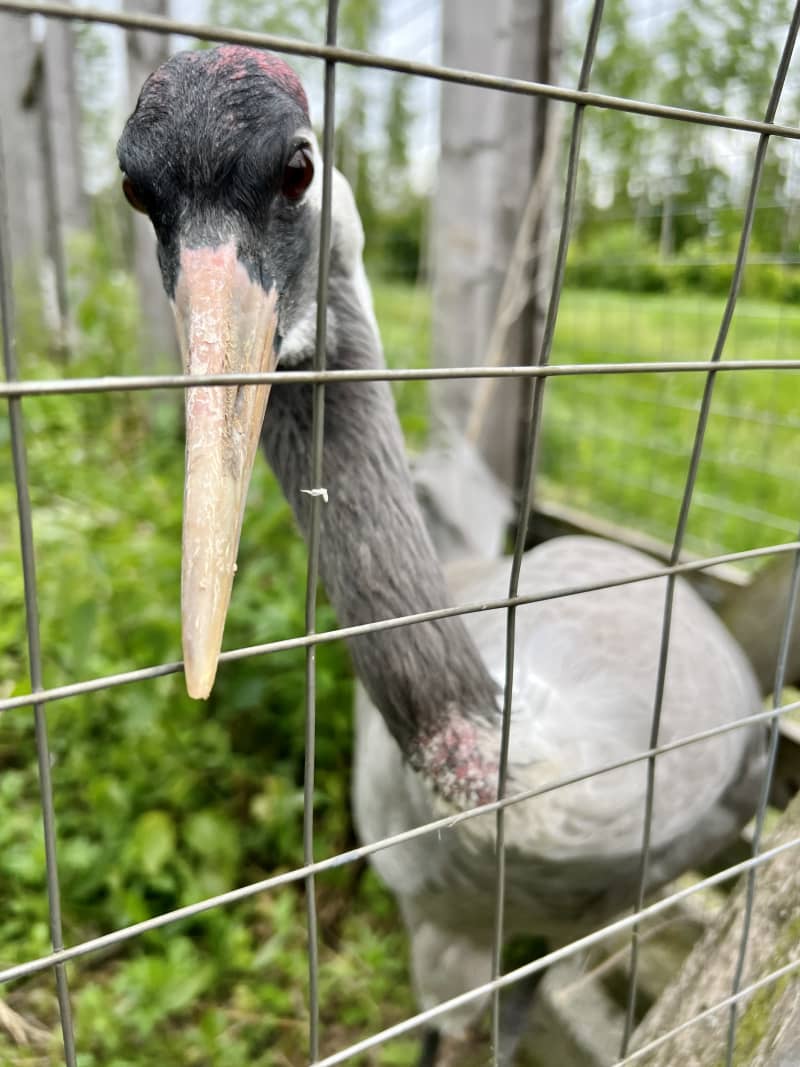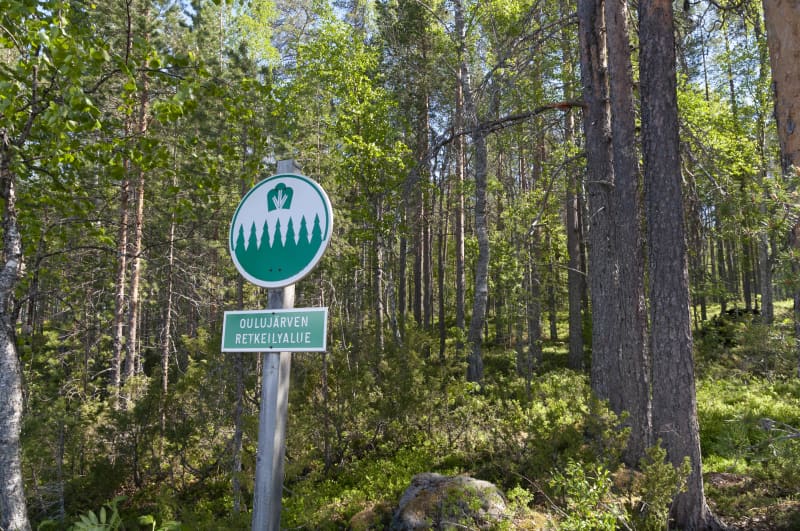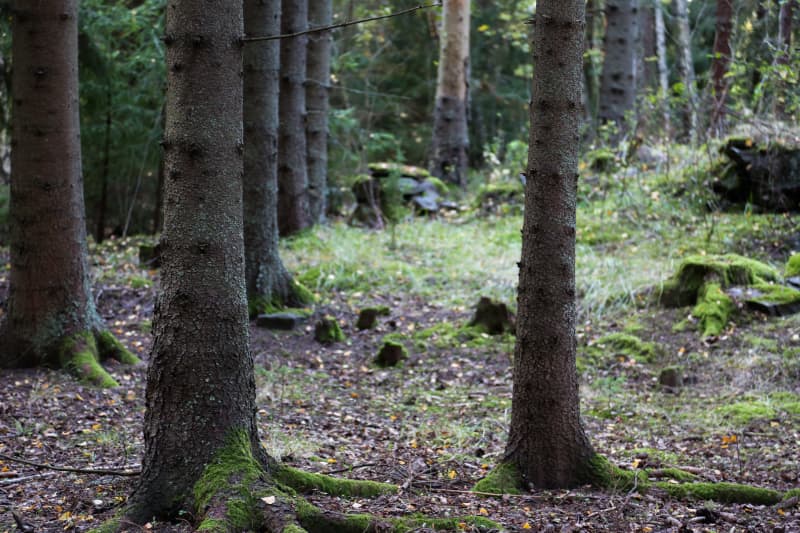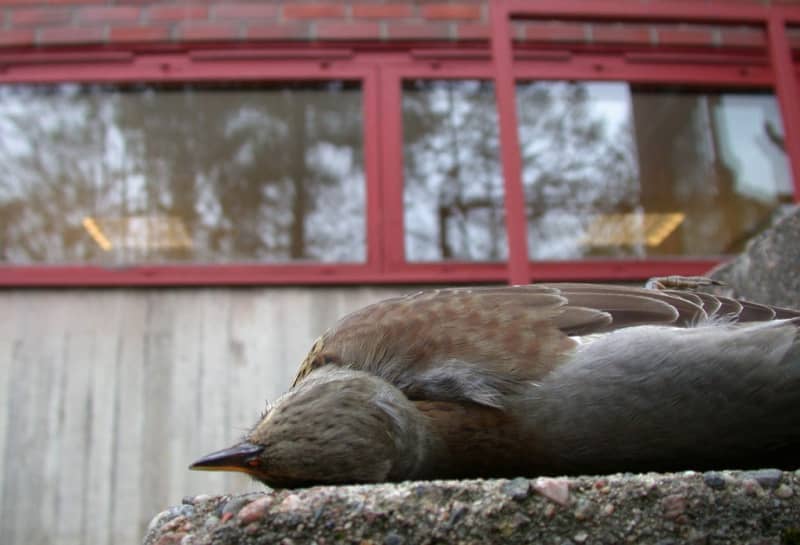Nature
Scientists of snow, earth and ice are preparing for a long winter trip to Antarctica
The Academy of Finland’s new four-year funding period for Antarctic research began last year. The trip, on the other hand, starts on November 8, and the expedition will return home next February.
Scientists of snow, earth and ice are preparing for a long winter trip to AntarcticaRead More »
Scientists of snow, earth and ice are preparing for a long winter trip to Antarctica Read More »
Philosopher Elisa Aaltola believes that the feeling of guilt can change the relationship between humans and society towards animals: \”We need this right now\”
Animal philosopher Aaltola takes a sensitive stance on animal protection issues, but at the same time warns against escalating matters.
– We have made big mistakes, as a species and collectively. And especially here in the industrialized West, and in Finland as well. Even if the animal industry is built, which causes very serious distress to really large numbers of animals.
As a philosopher, Aaltola believes that guilt and shame are moral emotions, the awareness of which can also be seen in the way humans see animals and treat other species.
– Now would be the time to experience guilt on a collective level, and also on an individual level. And through that, learn that we can also be better. You can also get rid of guilt when you realize that it’s okay, I made a mistake and now I want to change course – I want to be better for animals. We need this right now for today.
Although Aaltola talks about guilt, he does not believe that blaming or escalating will get you far in nature and animal protection matters. The danger is tribalism and confrontation between, for example, those living in cities and those living in the countryside.
– I try to avoid it, because it is actually the case that the vast majority of people care about the welfare of animals. Regardless of whether they live in the country or in the city, whether they are \”us\” or \”them\”. This is a unifying theme, as is nature. Yes, everyone understands that nature has value and the existence of species has value, that it is important to cherish the life that exists on this planet.
Aaltola’s vision of the future is hopeful.
– While I speak very directly, I try to evoke this we-spirit. We are all capable of moral, empathetic and rational consideration of other species.
Have you heard a raven speak? Kostiina, who lives in Pyhtää, wishes good morning in clear Finnish
Every year, 300–400 birds in need of care arrive at the bird sanctuary, among which are also rarer and highly endangered species.
Pyhtää bird sanctuary is a wild bird sanctuary whose main task is to rehabilitate injured birds and release them back into the wild. There are also permanent residents, such as the dancing Piippa-cuckoo and the talking Kostiina-raven.
Kostiina moved to the Pyhtä bird nursery in 2005. A man from Riihimäkela told the people of the nursery that he had found an orphaned and starving raven chick in the forest and raised it in his home.
However, it is illegal to keep wild animals at home, and releasing the tamed bird into the wild was not successful, so the young raven was moved to an aviary on the veterinarian’s order.
To the delight of the Hoitola people, the raven christened Kostiina turned out to be a talkative case.
Every year, 300–400 birds in need of care arrive at the bird nursery. Among them are also rarer and highly endangered species.
– Despite these few domesticated birds, the most important work here is to return as many birds as possible to the wild, Hokkanen reminds.
In addition to the Kostiina raven, the new-born swan and the Piippa crane, who are very attached to Hokkasee, are regular residents of the nursing home.
Ely knocks out Metsähallitus’ intentions to log Oulujärvi’s camping islands – Metsähallitus: at least one year extension to plans
Sheep keep the landscape open in Eurajoki’s Kaunissaari – there is a severe shortage of animals that take care of traditional landscapes
Cows and sheep are the best caretakers of the traditional biotope. The overgrown fields flourish, the landscape expands and the coastal vegetation is kept under control. There would be much more work than there are enough animals for.
The 33-hectare island is fascinating. A. Ahlström’s steam sawmill started operating there in 1874. At its peak, about 300 people lived on the island.
Now all that remains of the sawmill are the stone foundations of the houses. The Åland sheep of Juhola’s Ali-Unkila sheep farm bounce nimbly over the rocks. The farm’s sheep are in different parts of Satakunta, mainly on natural pastures.
Kaunissaari has been eaten by Juhola’s sheep for seven years. It starts to show in the landscape: without the sheep, the island would be grassy. Now the landscape is open and it’s easy to move around.
Feeding the hundreds of birds that stay in Kajaaninjoki for the winter will be taken care of next winter – about 5,000 kilos of grain have been reserved
Bird feeding starts when the water bodies freeze and the birds are prevented from getting natural food. In feeding, official regulations and established feeding methods are followed.
The forests of Yli-Vuok are required to be protected – forest group activists have mapped the lichen, moss and dwarf species of the forests in the area
Metsäkapina and Luonto-Liitto’s forest group demand Metsähallit to protect the areas of the Suomussalmi Yli-Vuok recreational forest and other state-owned forests of significant nature value in the surrounding areas.
